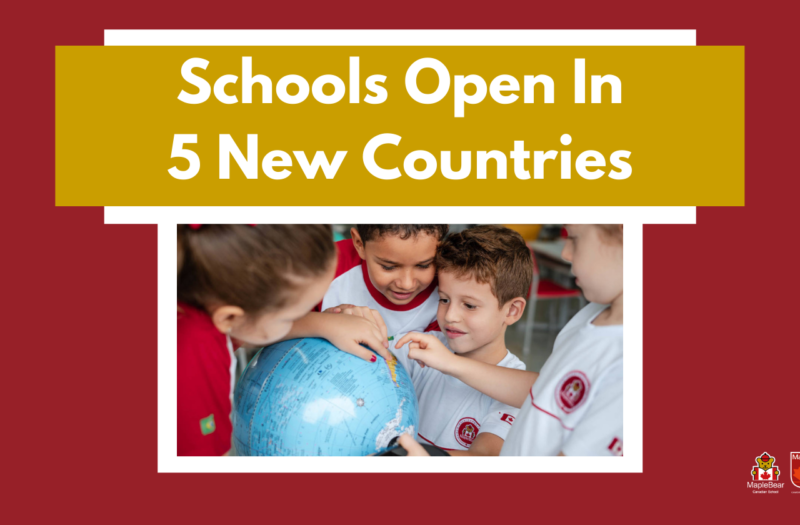
Screen Time During the COVID Crisis
Pre-COVID, screen time and technology use in general were always highly relevant topics among our parents.
Now, in the midst of this global pandemic, parents and children are predominantly at home.
This extreme and unusual situation has only intensified parents’ concerns about the amount of time their children are spending on their digital devices.
Maple Bear also understands that the increased reliance on screens has maintained a sense of normalcy during quarantine.
So, how can parents address screen time during COVID-19 with a balanced approach?
There is no right answer
Maple Bear Global Vice President Academic, Lenna Glade says,
“Managing and monitoring screen time has now reached new levels and is creating significant stress among parents. However, there is no magic number as it relates to screen usage during this unprecedented time.”
The answer to this dilemma is a combination of common sense and finding the right balance for what works best for each family situation.
The internet has become the essential tool that allows a child to learn, to socially interact, to play and to be entertained. Activities that were previously distributed between varying environments have now all been blended into one channel and is conveniently accessible from inside the home.
So, the internet has become an even bigger asset to our lives and we can see the positive benefits it has afforded our children during COVID-19.
Rethink screen time usage
The age of the child is a factor in terms of the limits you put in place. But, rather than worrying about the number of hours’ children are spending on a screen, it’s important to rethink how our children are using their time on their digital devices.
As a family, you can ask the following questions:
- What types of content are being consumed?
- What activities are they participating in?
- Are the activities passive or active in nature?
- What is the intention or goal of their screen use?
The type of activity your child is encountering on a digital device is important to understand and evaluate.
Education and physical activities are positive ways to engage virtually
Educational learning and physical activity online are active and intentional ways to engage with a digital device and enhances learning and well-being.
At Maple Bear, our students and teachers come together through our Digital Learning Community to ensure learning is continued online during COVID. The time spent online learning is a wide range and depends on the age of the student; from as low as 30 minutes for preschoolers to 4 or 5 hours for high school students who are working in both their home language and in English.
This is time well-spent, in particular for our older students to keep up with their skills. Smaller children will have shorter attention span and will have trouble sitting for longer sessions.
For all ages of students, their time spent online for learning purposes has the benefit of maintaining social interaction with their teachers (e.g. one-on-one teacher conferences) and classmates (e.g. group work) in addition to supporting academic continuity.
Arpi Babaian is the Co-Director of Academic Services in Brazil. She has been the host of several parent tutorials in Brazil during this pandemic and she reminds us that:
“Educational screen time is encouraged and is separate from the other types of activities online. Our Maple Bear teachers are aware of screen limits and they make sure that the lessons fall within them.”
For those that are in lockdown inside their house, the options for physical activities are limited. Parks, community centres, swimming pools and organized sports activities are also no longer available. And yet, exercise is even more important as it can help our mental and physical health.
The internet can be a valuable resource during this crisis. For example, if YouTube is used for singing and dancing, or if fitness apps and active video games are used for exercise. These may be the only ways to bring mobility into the daily routine, especially if indoor space is limited and outdoor time is not allowed.
Knowing the type of content being consumed will help set limits
Parenting during this pandemic is a new reality to which we are all adjusting. As parents, it is important not to feel guilty or place too much pressure on yourselves about maintaining the screen habits that were present before the pandemic took place.
Remember to consider the total amount of screen time, both for virtual learning and entertainment, active and passive consumption.
With your guidance, your children will benefit from the limits you set on what is an appropriate amount of screen time.




